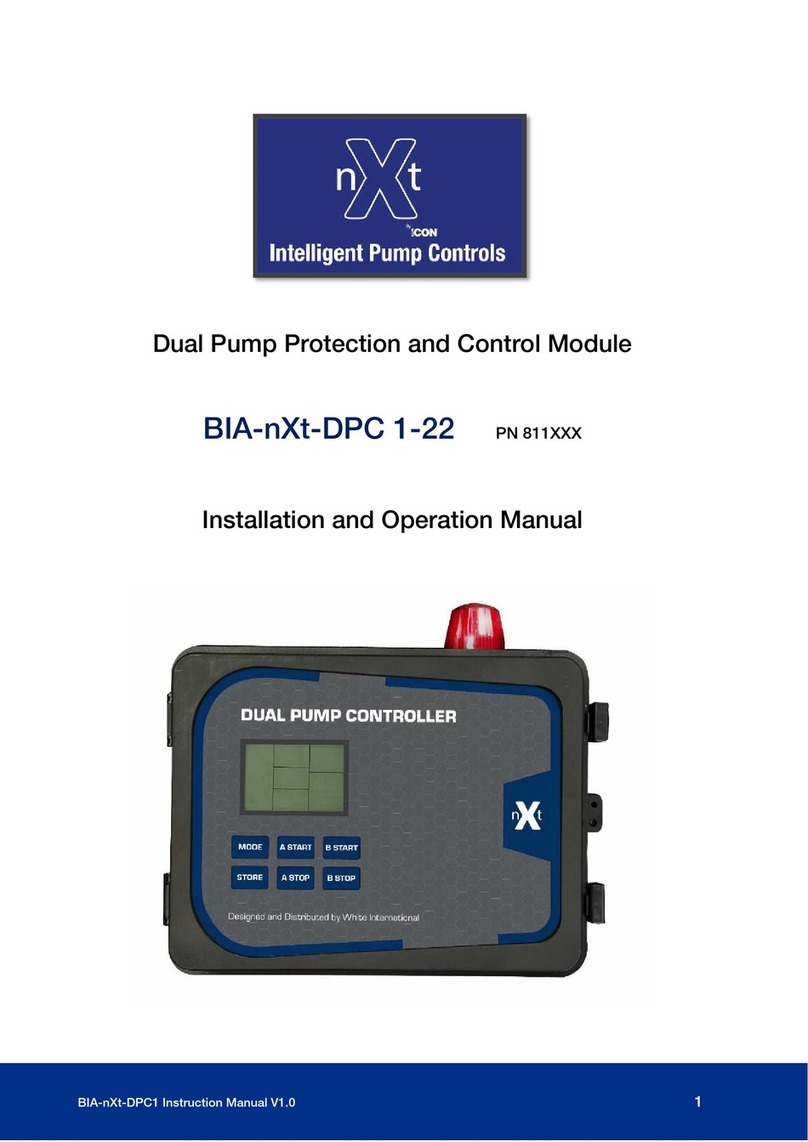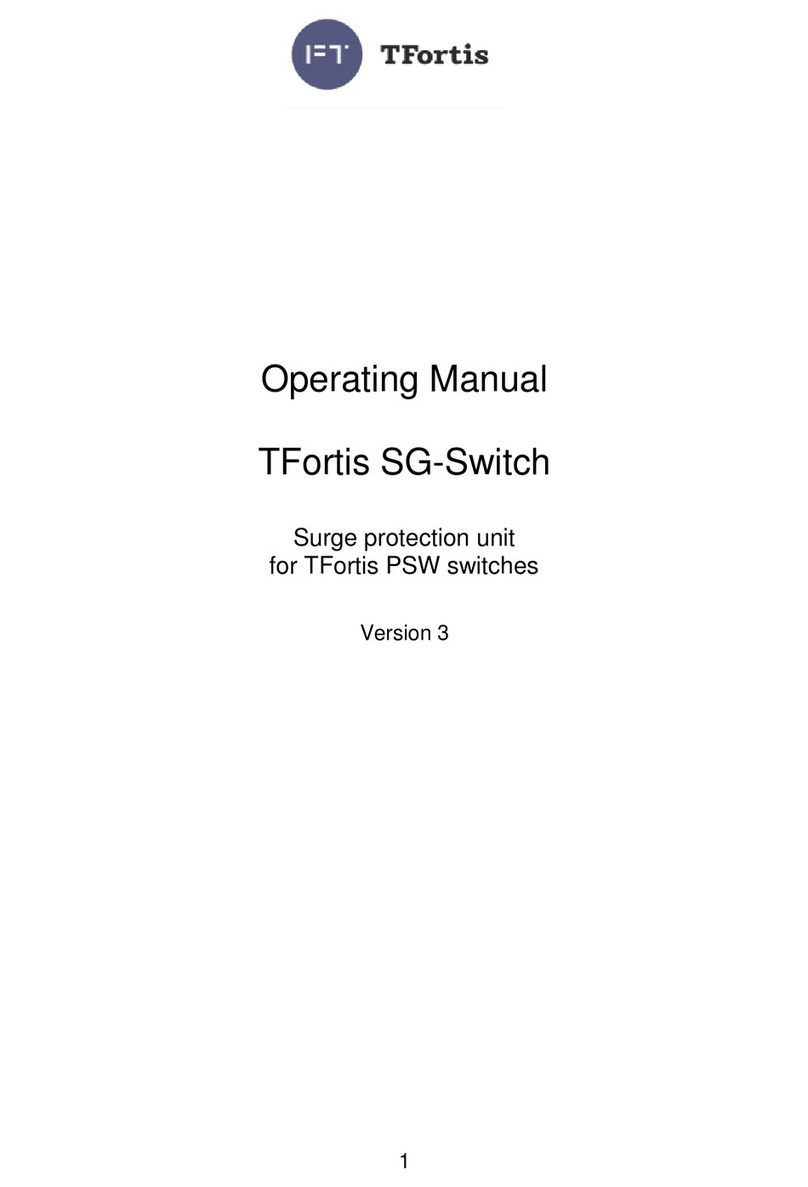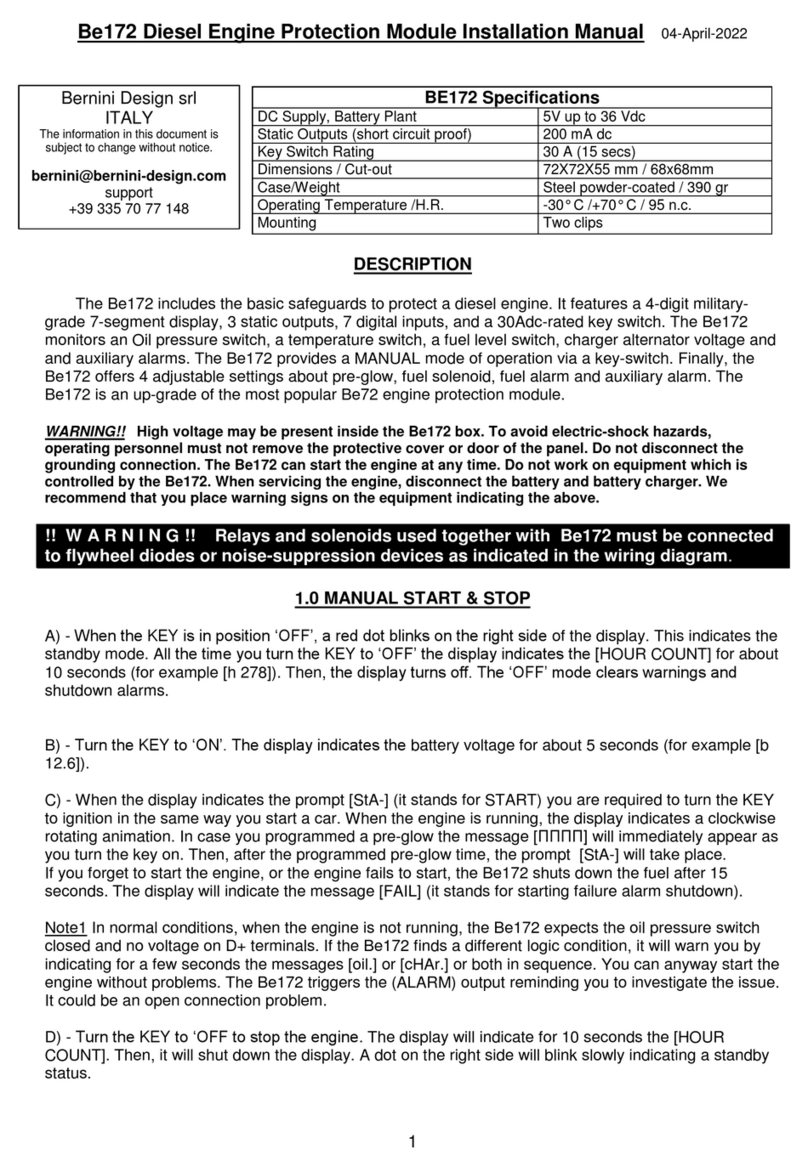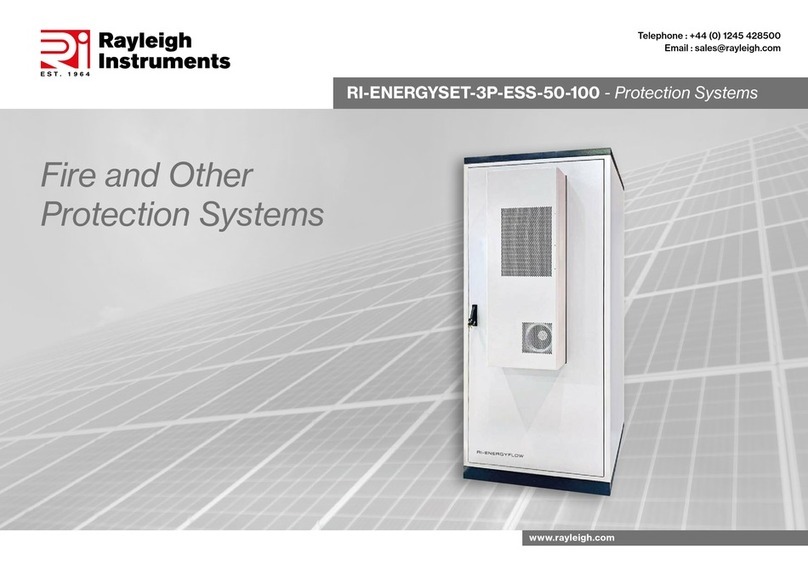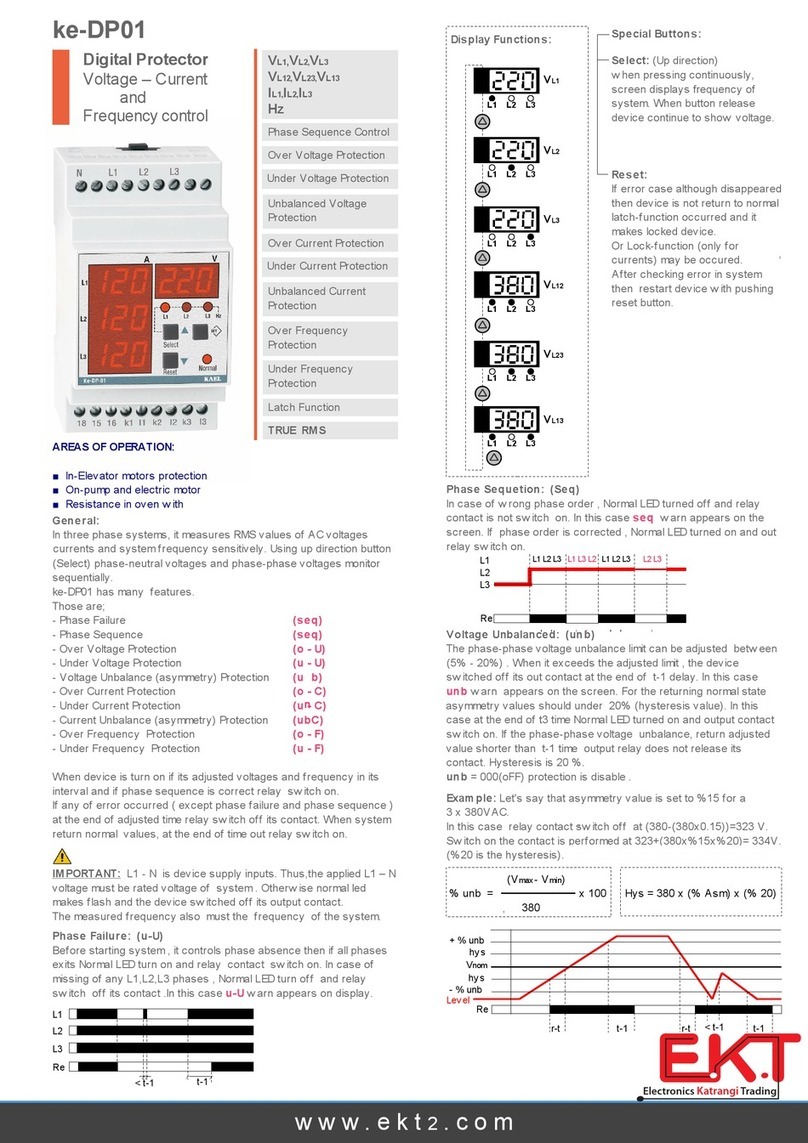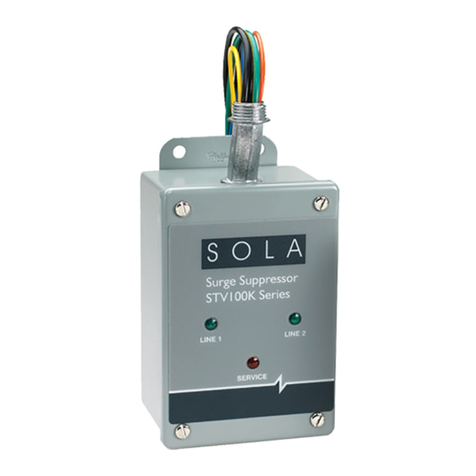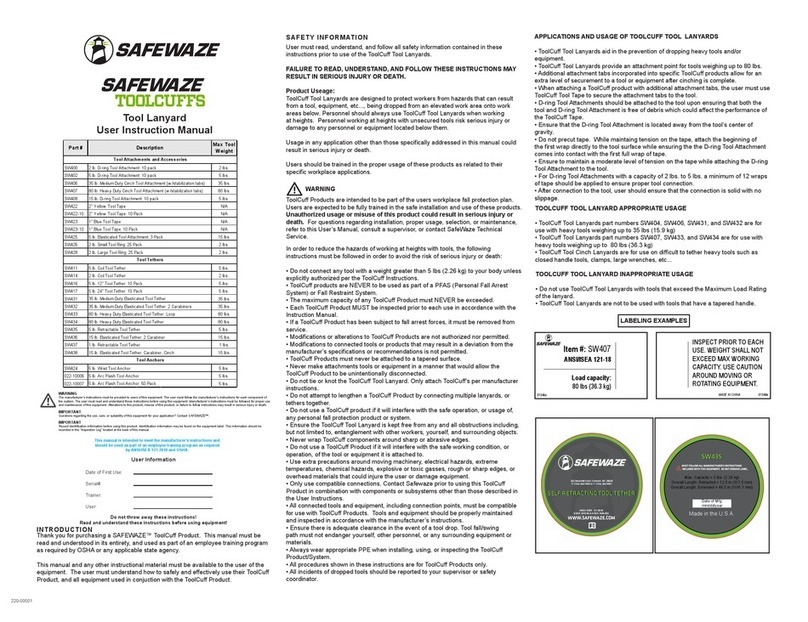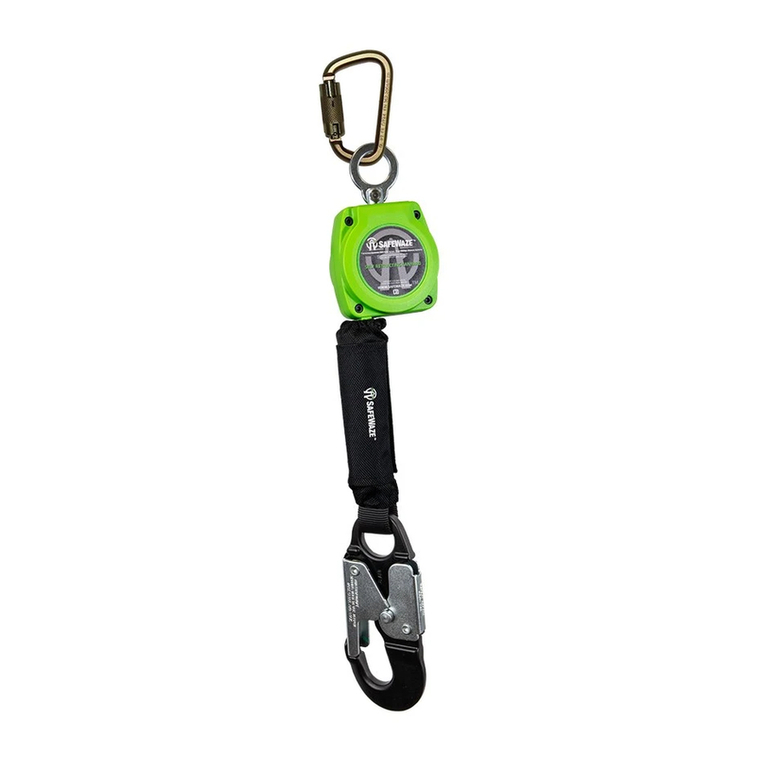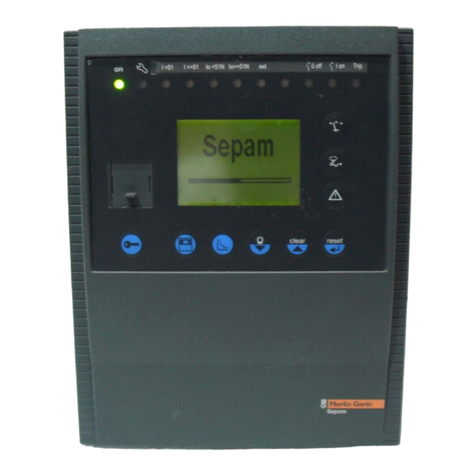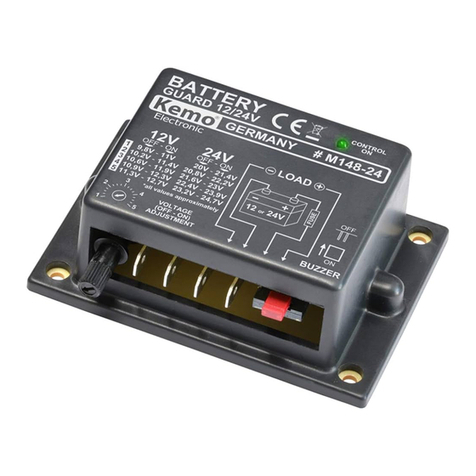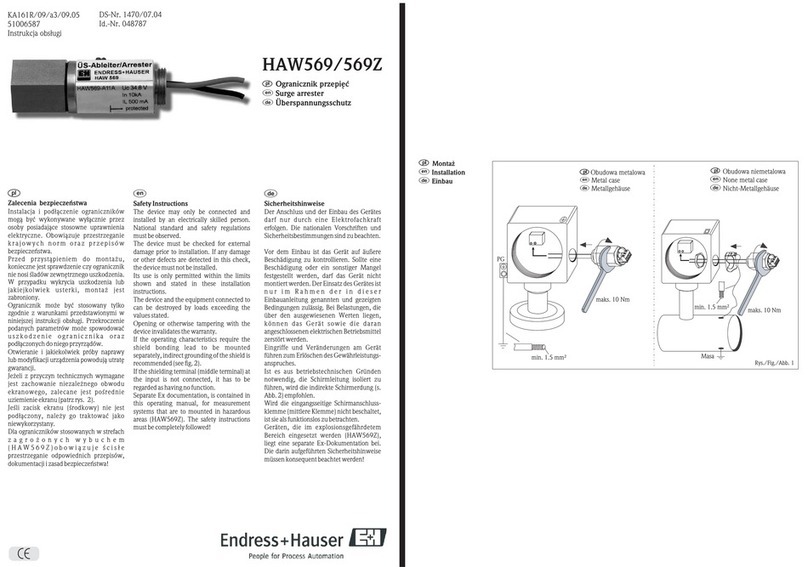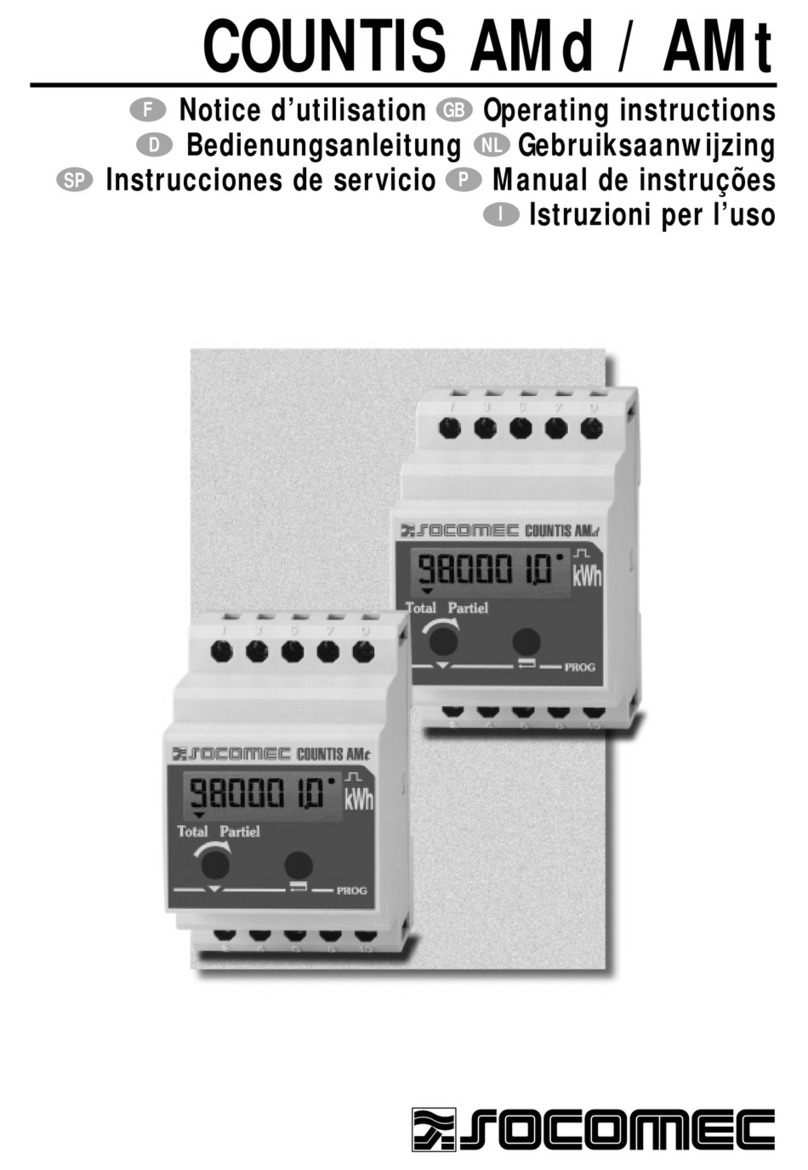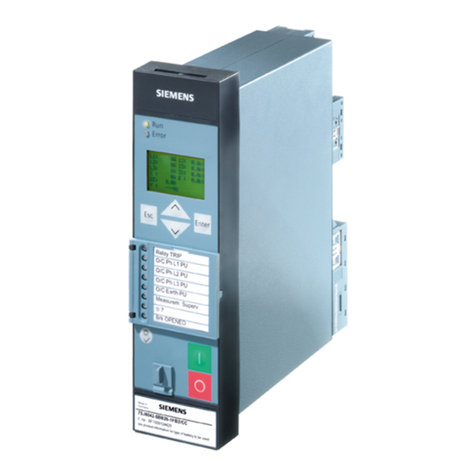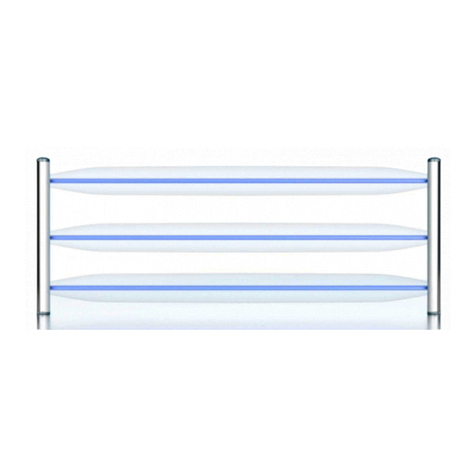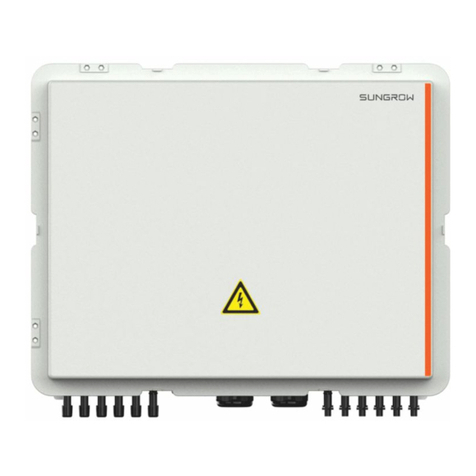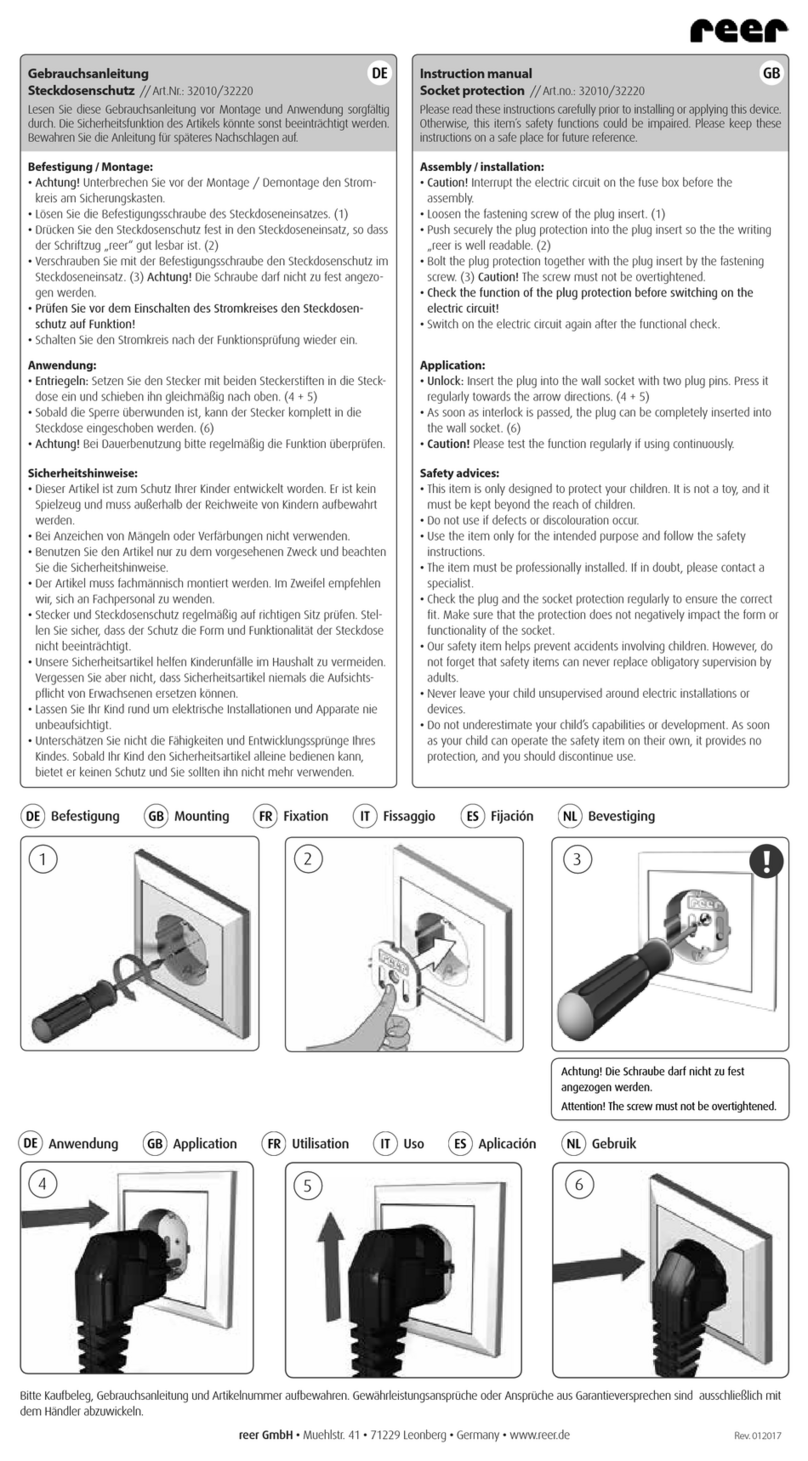
8001 Woodland Dr • Indianapolis, IN 46278 • Customer Service :Phone (800) 560-1094 • Fax (800) 560-1275
SafeWaze® Fall Protection
Technical Data Sheet
SWHR-XXX
SideWalk
30’,60’, 100’ Rope Horizontal Lifeline Systems
General Information
The HORIZONTAL SAFETY LINES have been tested to the standards described in ANSI Z359.1-1992, CSA
Z259.13-04 and certified by third party certification.
The HSL is for two operative max use only, a full body harness complying to ANSI Z359.1-1992, and CSA
Z259.10-05 and shock absorbing lanyard complying to ANSI Z359.1-1992/OSHA 1926.502 and CSA Z259.11-05
pr a retractable lifeline, complying to ANSI Z359.1 and CSA Z259.2.2, must be used when operating with the
Horizontal Safety Line. Lanyard connections onto the Horizontal Safety Line, usually carabiners, must be smooth,
and free of any burrs, or sharp edges. It is important that anchor points are sufficient to withstand load
requirements indicated in table on page 3.
Important Safety Points about SWHR-XXX
1. Thoroughly inspect all components before and after fitting.
2. Do not use additional bars or levers to induce a higher tension in line.
3. Ensure that harness/lanyard attachments, carabiners, etc, are free from sharp edges, or burrs.
4. Ensure that anchor points are designed as indicated on page 3.
5. Ensure that when using attachment straps, the sleeve is suitably positioned to prevent any abrasion or cutting.
Inspection and Examination
Keep these instructions, with the Horizontal Lifeline System to aid in future inspection and examination.
The equipment must be visually examined by a competent person when delivered to site/works, and
thereafter at regular intervals, particular attention should be paid to the following: METALWARE: Inspect for signs
of damage/distortion, and that all moving parts and springs are fully operational, and rope for wear and abrasion.
When installing, connect as drawing, follow 0246-HD instructions (Page5) to properly tension the cable.
Expanded detail is on Page 2. Using Rope loop on one end, put carabiners per drawing, and then pull cable hand
tight through the tensioner on the other end. Pull cable snug, do not over tighten. See drawings for rope threading
through tensioner. Follow instruction on the drawing Page 2 for proper assembly of the lifeline. Use Table 1,
Table 2, and Table 3 on Pages 3 and 4 to determine the appropriate clearances for one and two workers, and the
proper application of this lifeline. Torque settings: 60-64 ft lbs torque, or Tension load: 140-150 lbs force, or 3/8””
exposed yellow on SWPC-17 tensioner, optional item.
Doc.# TS-SWHR-XXX
Page 1 of 5
You must read and fully understand all instructions, or have them explained to you, before attempting to use this
equipment. Equipment must not be installed, operated, or inspected by anyone who does not understand this
instruction. Failure to observe these instructions could result in serious injury or death. Careless or improper use
of this equipment can cause injury or death. Training and instruction review should be repeated at regular
intervals. If you have any questions regarding these instructions, please call SafeWaze®. Contact information is
800-560-1094 for Customer Service.
PD 4-30-08
